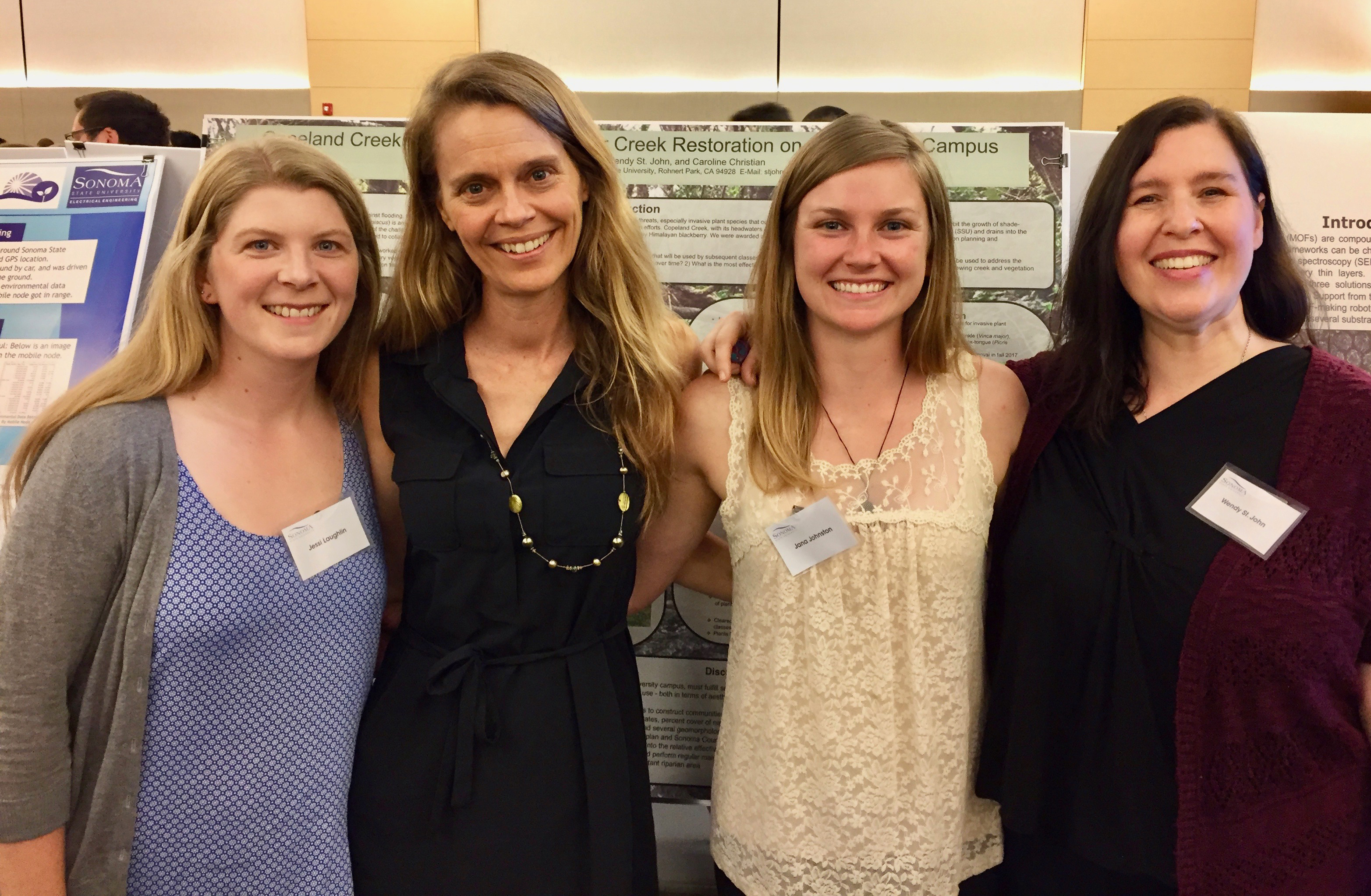I’ve just finished teaching a Summer session of Biological Inquiry – the general education biology course with a lab. I had a small class – just 10 students – and we met on 15 days over the course of 4 weeks. It’s a pretty intense schedule, but I had SO much fun! This was possibly the single best group of students I’ve ever had, in terms of their enthusiasm and engagement with the material.
I wanted to blog about our adventures together, but during the actual Summer term, I just don’t have time – the pace goes too fast during class, and I spend all my evenings preparing course activities. But now that it’s done, I have some free time, and can blog to my heart’s content. What I’m going to do is blog it as if it’s happening now – I’m going to make a blog post for each day of the term, on the same day of the week as it happened originally, with a play-by-play of our daily activities. So, it’ll be like live-blogging (well, sort of), only on a 4-week delay.
Look for the first post in a few minutes. I’ll also be going back to blog some activities from the Spring semester that never managed to get published.











